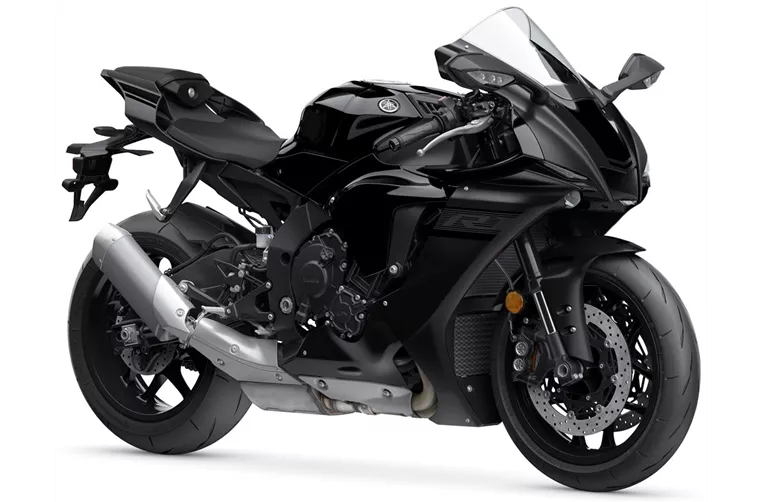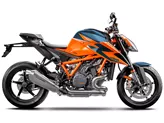Yamaha R1M 2016 vs. Yamaha R1 2020

Yamaha R1M 2016
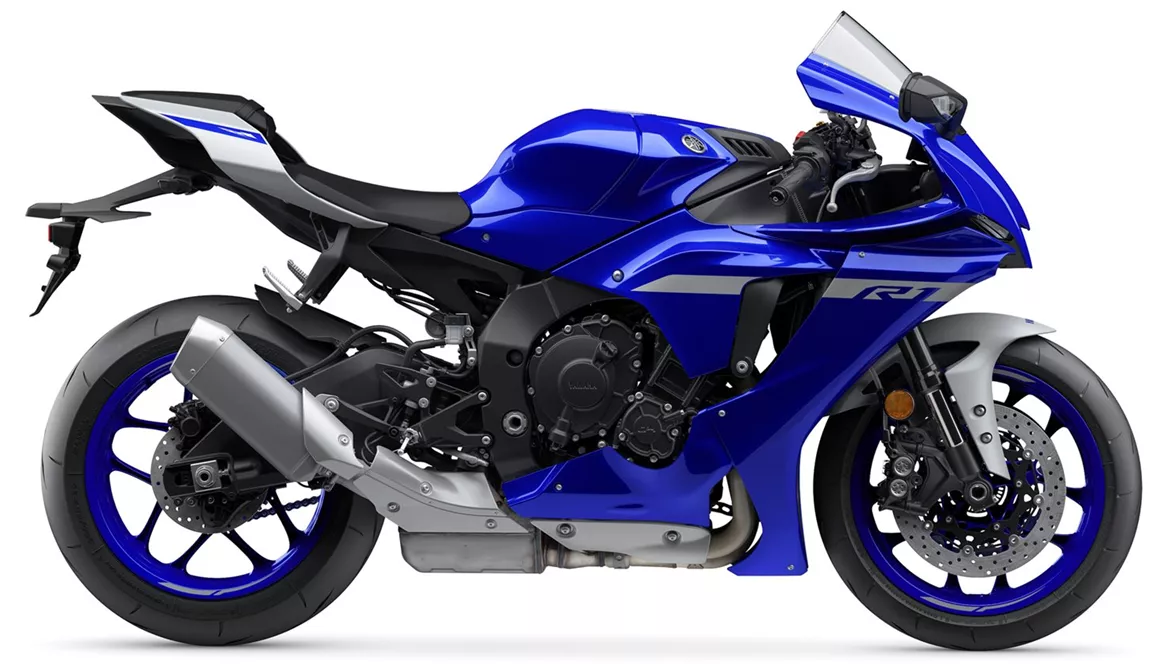
Yamaha R1 2020
Overview - Yamaha R1M 2016 vs Yamaha R1 2020
The Yamaha R1M model year 2016 and the Yamaha R1 model year 2020 are both powerful supersport motorcycles with similar technical specifications. They share the same engine and drive train, including a 998cc four-cylinder engine with a bore of 79mm and a stroke of 50.9mm. Both models produce 200 horsepower and 112.4 Nm of torque, and have a compression ratio of 13. They also have the same suspension setup, with an upside-down telescopic fork at the front.
In terms of chassis, both the R1M 2016 and the R1 2020 feature an aluminum frame with a Deltabox design, providing a strong and lightweight structure. The front brakes on both models are double disk, ensuring powerful and reliable stopping power.

Yamaha R1M 2016
One of the key differences between the two models is the advanced rider assistance systems. The R1M 2016 comes equipped with launch control, traction control, and anti-wheelie systems, providing enhanced performance and safety. On the other hand, the R1 2020 only has launch control and traction control, lacking the anti-wheelie system.
When it comes to dimensions and weights, both models have the same front tire width of 120mm and diameter of 17 inches. However, the R1M 2016 has a wider rear tire with a width of 200mm, while the R1 2020 has a slightly narrower rear tire with a width of 190mm. Both models have a wheelbase of 1405mm and a seat height of 855mm. The kerb weight of the R1M 2016 is 200kg with ABS, while the R1 2020 is slightly lighter at 199kg with ABS. Both models have a fuel tank capacity of 17 liters.
In terms of strengths, the R1M 2016 is praised for its lively handling, high-revving and precisely controllable engine, and excellent electronics package. On the other hand, the R1 2020 is commended for its powerful engine, clean response, great sound, stable chassis, high-quality electronics, and overall noble impression.
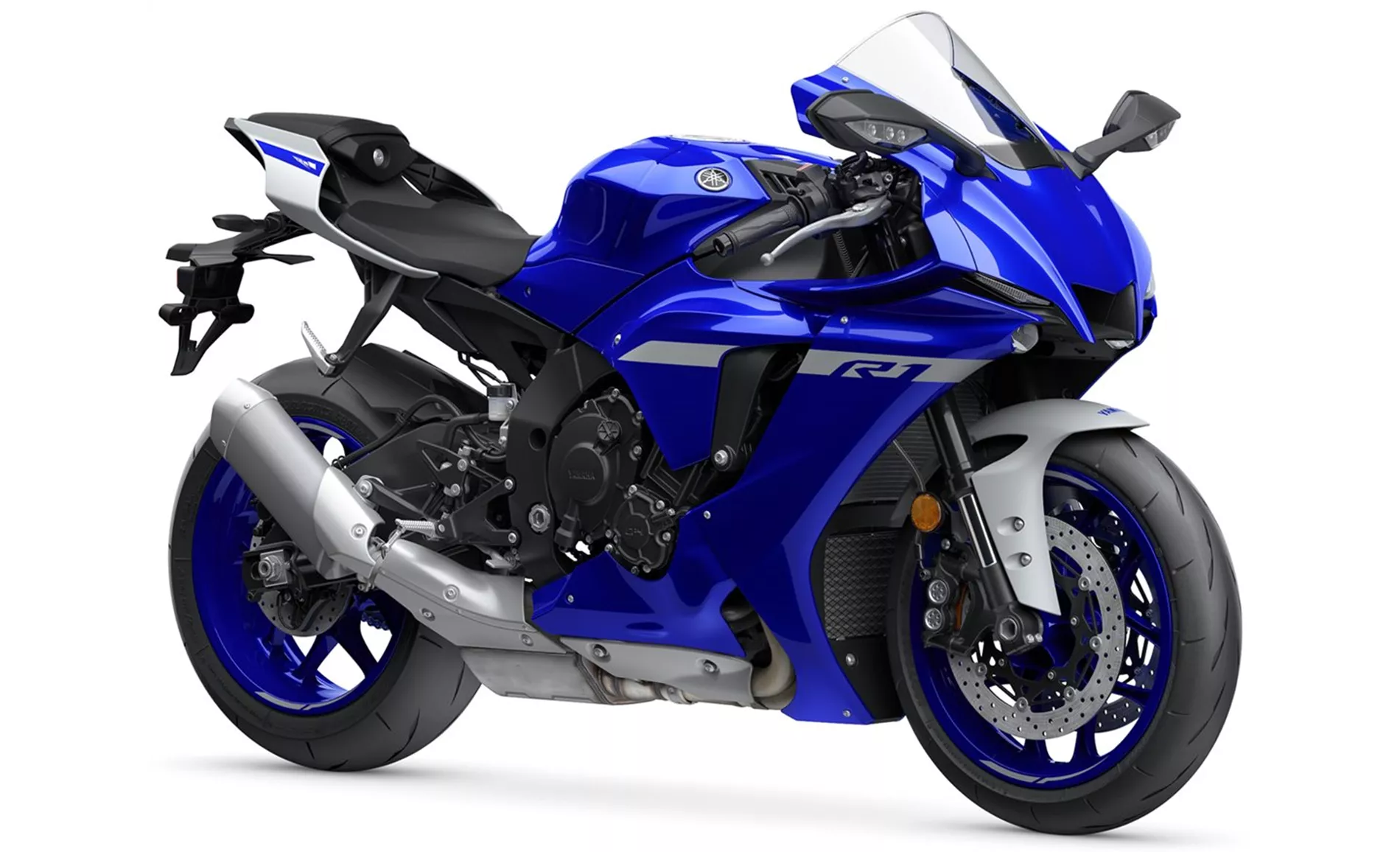
Yamaha R1 2020
However, the R1M 2016 does have a weakness in that its shift assistant is only available for upshifting, limiting its convenience and performance. The R1 2020, on the other hand, has a weakness in that its brakes are not completely satisfactory on the race track, potentially affecting its performance in high-speed situations.
In conclusion, both the Yamaha R1M 2016 and the Yamaha R1 2020 are high-performance supersport motorcycles with similar technical specifications. While they share many similarities, the R1 2020 offers some improvements in terms of rider assistance systems and overall performance. However, the R1M 2016 has its strengths in handling and electronics package. Ultimately, the choice between the two models will depend on the rider's preferences and priorities.
Technical Specifications Yamaha R1M 2016 compared to Yamaha R1 2020
Pros and Cons in comparison
Pros and Cons in comparison
Yamaha R1M 2016

Yamaha's high-tech rocket is still a technological leader in 2016. Radical, polarising and fascinating, it sets powerful lap times. It is closer to the race bikes than the other 1000s. In the meantime, no one is grumbling about the front.
Yamaha R1 2020
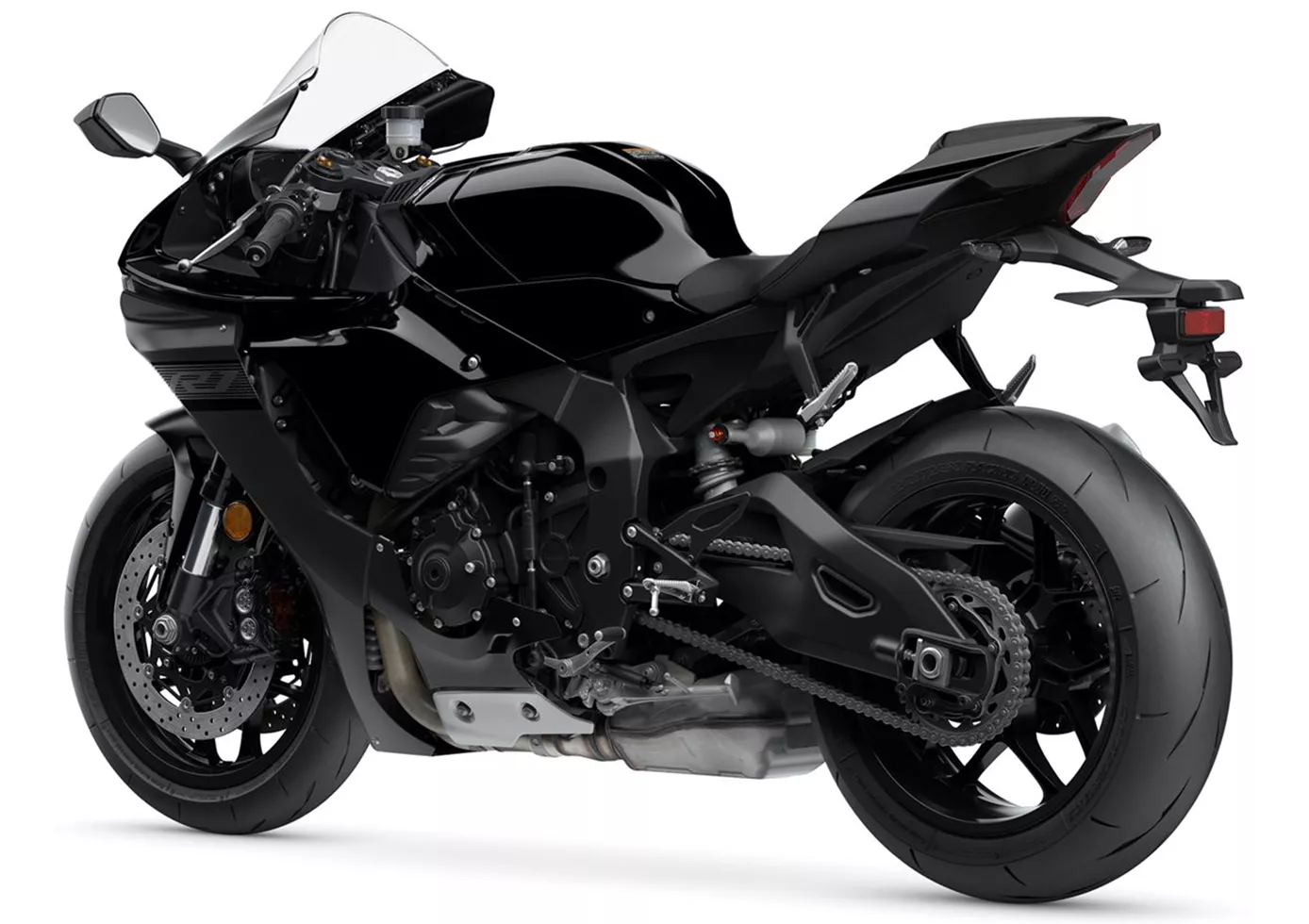
The Yamaha YZF-R1 is mature and makes countless racetrack pilots happy. The engine shines with lightness and agility, the seating position surprises positively and the handling is radical but still "suitable for the masses". The machine immediately stands out visually and also because of the heart-warming sound. Especially on the country road, the bike scores with its well-known strengths: great engine, great electronics, great package! A real pleasure to ride!
Price Comparison Avarage Market Price Yamaha R1M vs Yamaha R1
There are a few key differences between a Yamaha R1M 2016 and a Yamaha R1 2020. It takes less time to sell a Yamaha R1M with 63 days compared to 86 days for a Yamaha R1. Since model year 2015 1000PS.de editors have written 26 reviews for the Yamaha R1M and 80 reviews for the Yamaha R1 since model year 2005. The first review for the Yamaha R1M was published on 03/12/2014 and now has more than 9,700 views. This compares to more than 3,900 views for the first review on Yamaha R1 published on 28/04/2003.

